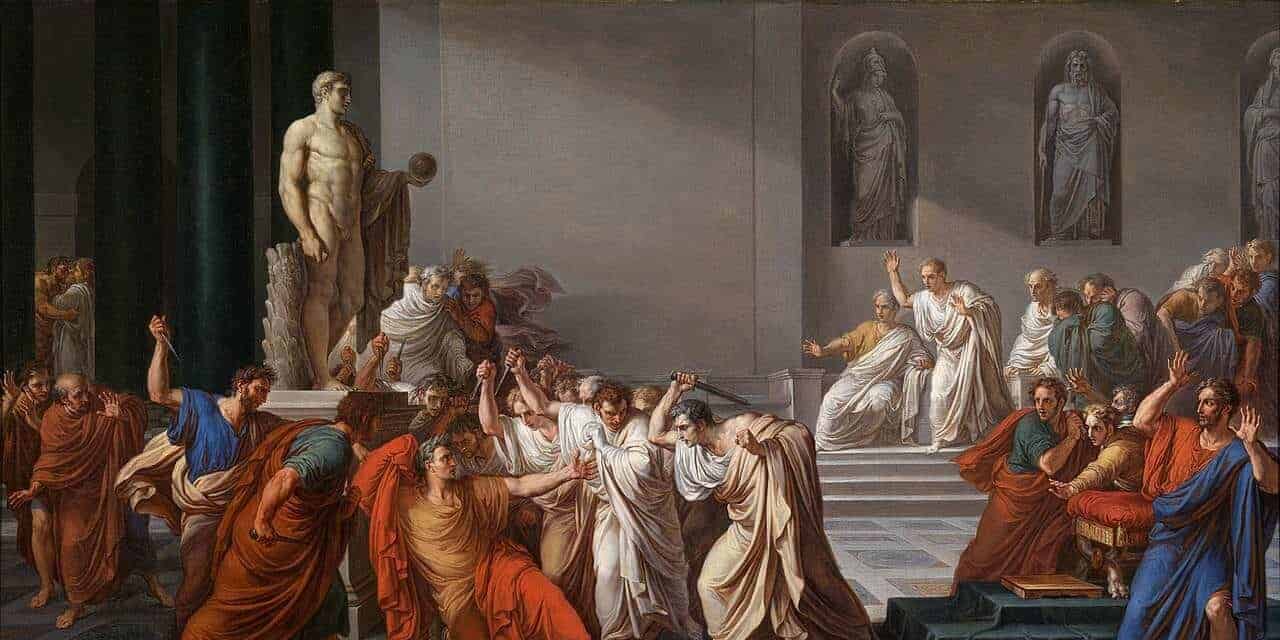The dictionary definition of an assassin is “the murderer of an important person in a surprise attack for political or religious reasons.” Throughout history the elimination of persons through murder has altered the political landscape and changed the sequence of events in the future in ways impossible to measure. American history would no doubt have evolved differently had John Wilkes Booth failed to kill Abraham Lincoln, but exactly how nobody knows. Lincoln’s murder was an act of vengeance for a defeated south, according to Booth’s diary and the reports of his co-conspirators; he hoped to decapitate the government by killing the Vice-President and Secretary of State that same night.
The word assassin itself is derived from the Nizari sect of Islam, a reference to fanatic killers who were dispatched on suicide missions. Popular belief links their fanaticism and their name to the use of hashish, but this link has been proven to be based on legend rather than fact. The Nizari assassins were killers for hire, but they were usually hired for protection. Most of history’s assassins were not hired killers, although there are exceptions. Nonetheless, Dante refers to assassins in The Inferno and in a fourteenth century commentary on the epic assassins are referred to as killers for money.

Here are some assassins throughout history who changed the world in which they and we live.

James Hamilton of Bothwellhaugh
James Stewart, Earl of Moray, was the son of Lady Margaret Erskine, a favored mistress of his father King James V of Scotland. His half-sister, born legitimately, was Mary, Queen of Scots. Stewart was both wealthy and influential, serving as a government functionary and soldier, becoming a staunch supporter of the Protestant Reformation. Despite religious differences with his half-sister Mary, it was she who granted him Earldom, making him Earl of Moray and Mar. In 1652 he led Mary’s troops against a rebellion by the followers of George Gordon. Gordon died in his custody after he was defeated in battle near Aberdeen.
In 1565 Stewart opposed the marriage of Mary to Lord Darnley, and he joined the rebellion against her known as the Chaseabout Raid, leading to his being declared an outlaw. He fled to England, returned to Scotland after he was pardoned by Queen Mary, and subsequently moved to France to stay clear of the political intrigue surrounding Mary and her court. In 1567 he returned to Scotland following Mary’s abdication of the throne, being appointed Regent for James VI, until he was of age to ascend to the throne of Scotland. It was Stewart who produced the casket letters, which incriminated Mary in the murder of her husband. The letters served to justify the opposition of the Protestant Scottish Lords against the Catholic queen.
Stewart was a leader of the Protestant forces against Mary as across Scotland war between the factions led to estates being captured and burned, their occupants killed in combat or imprisoned and tortured. English rebels joined the fray on both sides, and Stewart agreed to meet with both Scottish and English rebel leaders in Edinburgh in January 1570. In his position as Regent, Stewart was the de facto ruler of Scotland. Stewart called for the leading English and Scottish Lords to meet with him in Edinburgh to discuss the conspiracy which was planning to depose Elizabeth I in England and install Mary on the British throne.
James Hamilton was of the prominent Hamilton family of Bothwellhaugh, which supported Mary as Queen of Scotland and England. Hamilton had fought against Stewart’s troops in Scotland, an act which led to the destruction of one of the family’s estates by Stewart. Hamilton stalked Stewart throughout his subsequent travels in Scotland, intent upon killing him, but without an opportunity to strike. On the morning of January 23 1570, Stewart left the house where he had stayed the night in Linlithgow to travel to Edinburgh. Hamilton waited in a house owned by his family, concealed by a screened gallery. As Stewart rode past, Hamilton shot the Regent and fled, successfully eluding pursuit.
It was the first assassination by firearm in history. The murder from an elevated position, firing into a passing procession, would be repeated many times, including in Texas in 1963. Hamilton escaped and lived in exile in France for a time while his family were declared outlaws and his kinsmen arrested and charged with complicity. One was hanged. The ensuing rebellion led by the Catholic nobles in Scotland encouraged Elizabeth of England to support the Scottish Protestants and to find the means to incriminate Mary, Queen of Scots of treason against the English throne.

